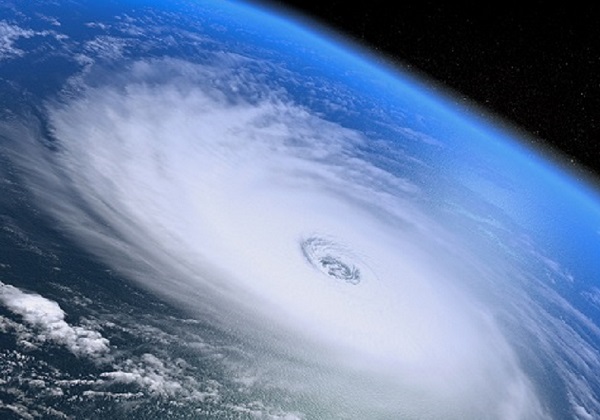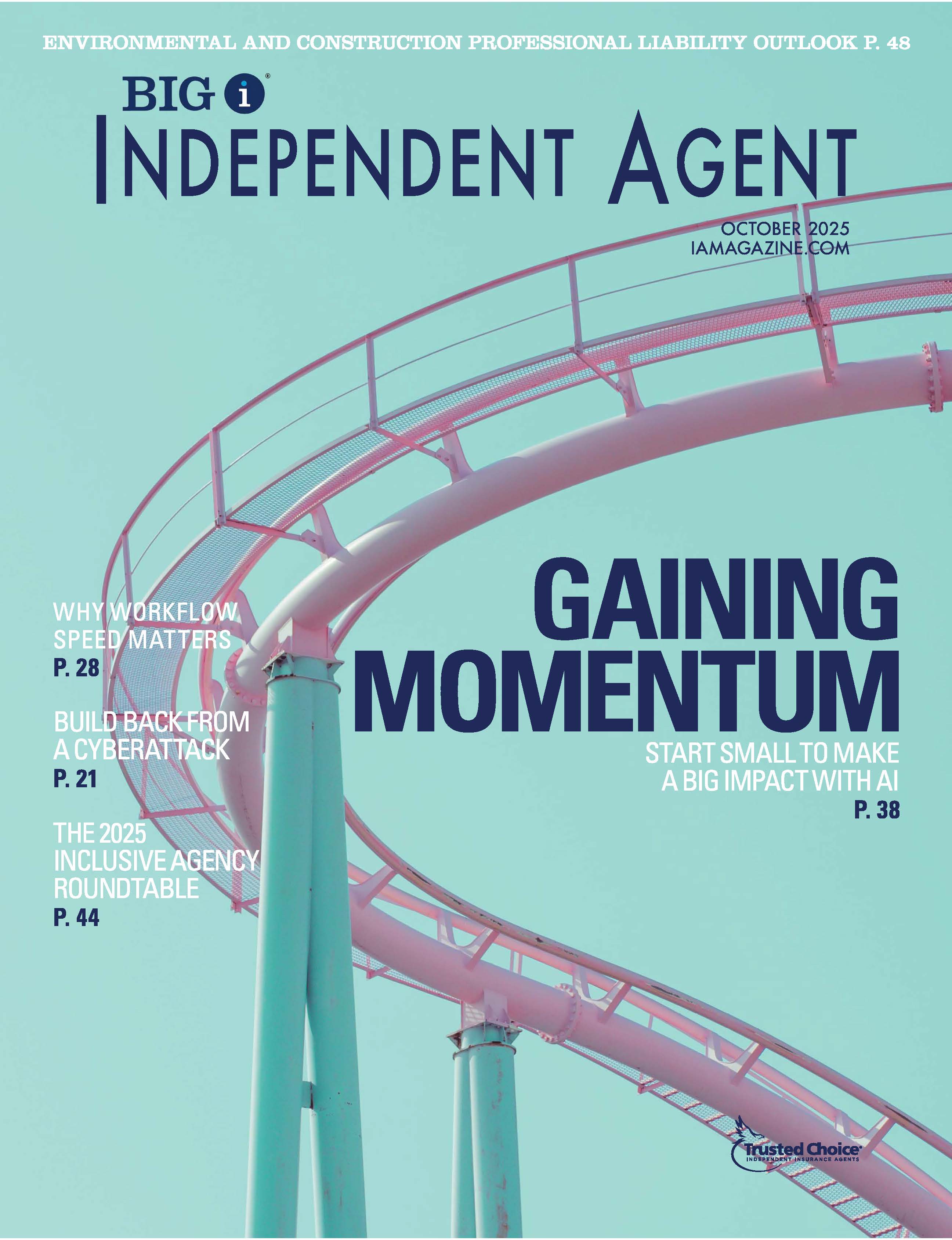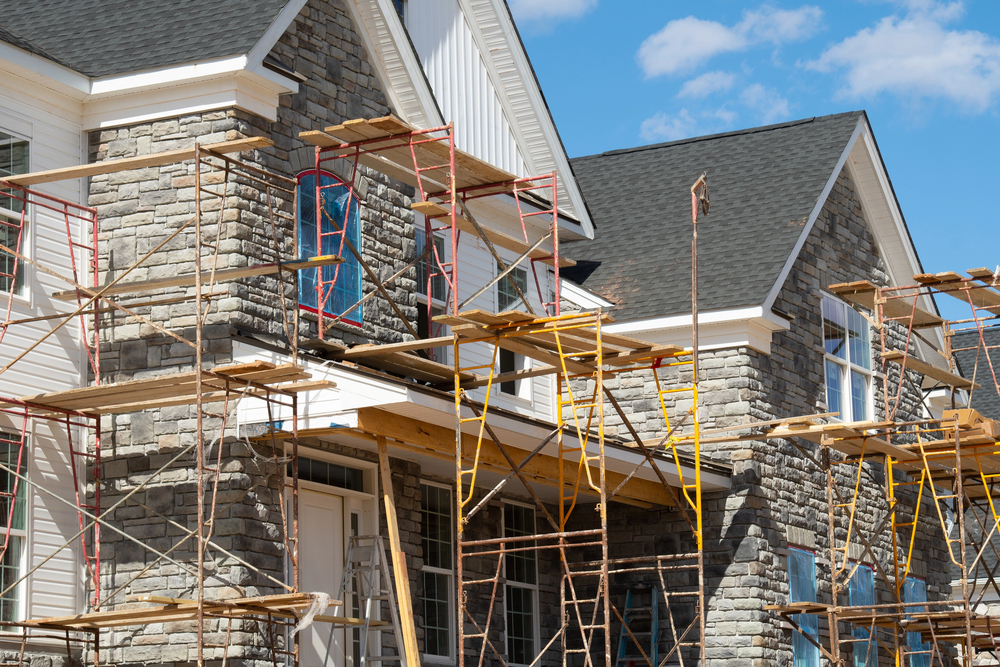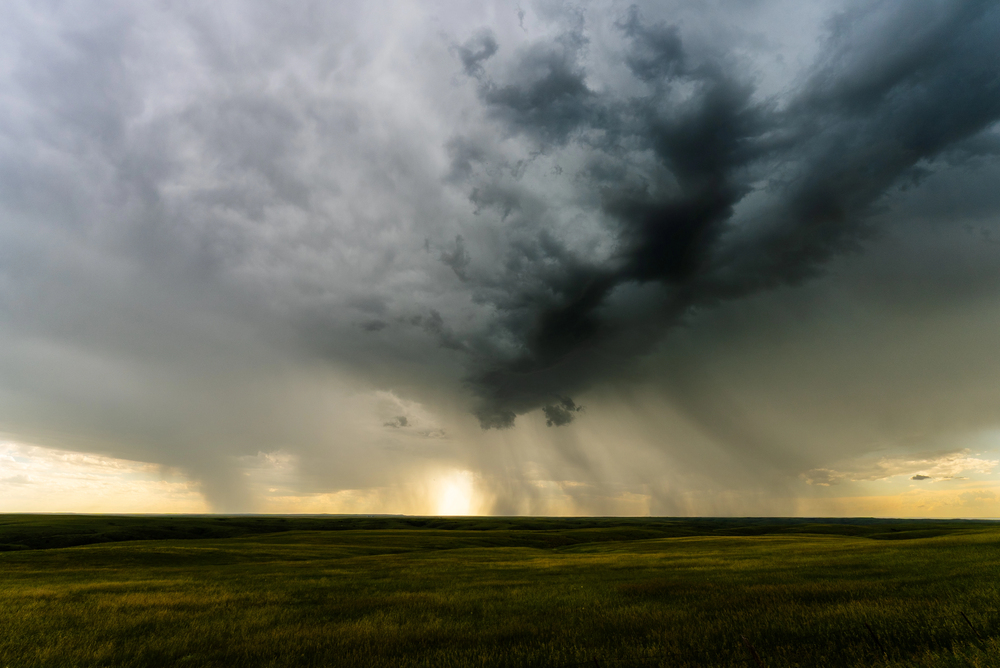High Tide and Rising: Perspectives from Dealing with Disaster

By: Will Jones
When Hurricane Michael barreled into the Florida Panhandle on Oct. 10, 2018, it made landfall with 155 mph winds, near Mexico Beach and Tyndall Air Force Base. The storm was categorized as a Category 4 storm but was upgraded to a Category 5 storm as the winds grew in velocity over 160 mph.
In the U.S., Hurricane Michael was directly responsible for 16 deaths and $25 billion in damage, according to the National Hurricane Center. Aerial footage after the storm showed massive damage and destruction in Panhandle coastal cities, such as Mexico Beach and Panama City, a region that accounted for $18.4 billion of the estimated total damage.
Hurricane Michael
“It peeled the roof off our building, knocked out all the cell towers, all the internet and all the power,” says Brian Daffin, Daffin Insurance Services, Panama City, who witnessed “about 90%” of his book of business make a claim, “which is literally thousands of policies,” he says.
In the wake of the storm, Daffin was graciously provided with office space by a friend from Affordable Insurance in Destin, Florida, and, with his office in ruins, commuted 40 miles each day to service the incoming claims. However, every time Daffin returned to the Daffin Insurance Services office, “I’d see a lot of people in the parking lot who didn’t know what to do because we had lost all means of communication,” he says.
“The Florida Association of Insurance Agents helped us get use of the RV that they have at their disposal and we were able to park that in our parking lot,” Daffin recalls. “Then, people started just driving up to it. There were people from other agencies that were unable to get power up and we had customers from there stopping by asking what to do, so we were helping them as well.”
“There were eight of us all crammed into this little RV from the end of October until March, just answering phones and helping people get through claims,” he adds. “With the incoming calls, it was like drinking water out of a firehose.”
Mandy Pitts, agent and office manager, also from Daffin Insurance Services, suffered a total loss on her home. In the months after Michael, she lived in a camper on her driveway by night and worked out of an RV by day. Despite the difficult circumstances, Pitts’ clients were still high up on her priority list.
The saving graces that allowed her and her colleagues to serve their clients was the fact that they’d kept their computers and VoIPs safe. “When we left the area to get to internet service, that enabled us to communicate by email and to have access to our management system,” she says. “The landline phones were down for months but we were completely set up and accessible to our clients who would call and just cry when we answered the phone.”
Hurricane Harvey
In terms of CAT events, 2017 was memorable for a trio of storms that battered the U.S. in August and September. Hurricanes Harvey, Irma and Maria became known as the “HIM” storms. Together, they accounted for $92 billion of insured losses, which contributed to making 2017 the costliest North Atlantic hurricane season since 2005, according to Swiss Re Corporate Solutions.
Douglas Johnson, owner of Douglas B. Johnson Insurance Agency, in Houston has been through several severe weather events, including Hurricane Ike in 2008 and Hurricane Harvey in 2017 but has never seen flooding in the city like he did during Harvey.
“I grew up in Houston and there were areas of the city that were supposedly not in a flood zone that were inundated. We knew we were going to have a lot of water, but I don’t think anyone thought it was going to be that much,” Johnson says. “People never expected this kind of event. There were thousands and thousands of houses flooded with as much as 10 or 12 feet of water. Somewhere around 500,000 autos were flooded.”
After experiencing 60 inches of rainfall on the Houston metropolitan area—the highest storm total rainfall in U.S. history, exceeding the previous U.S. rainfall record of 52 inches set by Hurricane Hiki in Hawaii in 1950—Johnson found that many of his clients had flood coverage.
“We were pretty aggressive on new business about offering flood insurance,” Johnson says. “I can’t imagine the exposure an agent would have by not offering flood. You can make good commissions from it and it serves the client if they have a problem. So, I don’t understand why agencies don’t at least offer it.”
To help their clients and expedite claims, Johnson’s agency posted all the contact information for emergency services, as well as the claim number for the various carriers they represent, on their website and sent it out via MailChimp before the storm. “We heard one story about an elderly woman using the front page of our website to get the phone number to call for help because her house was under 6 feet of water and she was unable to get out,” Johnson says. “That was pretty humbling really.”
In the aftermath, attention turned to helping insureds get their claims processed to begin rebuilding. Ashley Chavez, an agent at Douglas B. Johnson Insurance Agency, got to know several of the adjusters who were working in the area. “I contacted the adjusters to see if there was anything they needed to get the claim going faster,” she says. “We also advised insureds to get detailed estimates from contractors so they could give them to the adjusters.”
“After all the claims were closed, I went back and I found out how much they paid out, and I contacted the insured to make sure that they were happy with what the adjuster has said and what they were offered,” she adds.
Floods
In 2008, Cedar Rapids, Iowa, experienced the worst flooding in the city’s history when the Cedar River burst its banks and swelled over 30 feet, 12 feet higher than the previous record set in 1851. However, the flood that was dubbed Iowa’s Katrina, “led to good impetus for change,” says Matt Evans, principal and practice leader at TrueNorth Companies in Cedar Rapids.
“In 2016, we had a similar event, but because of all the work that the city had done in working with HESCO barriers and flood levees, as well as both homeowners and commercial property owners, to put in place a great deal of flood protection, it meant losses were significantly mitigated,” he says.
As an agriculture-based community where the earth can become saturated leading to increased chances of flooding, the mitigation efforts the city has taken have resulted in minimal rate increases compared to national averages, something TrueNorth is proud to have played a part in.
“TrueNorth works with large hospitals in the area, as well as other municipalities. We say, ‘here’s what the underwriters are going to look for and here’s what we can do to help protect ourselves,’” Evans says. “If it’s structured correctly, insurance works,” he adds. “It’s our job to make sure our clients are properly educated and equipped with an understanding of what this bankrupting type of event would cost.”
Unfortunately, there is a distinct knowledge gap among insureds about flooding and flood insurance. Many believe they’re covered, but most standard home and business insurance policies do not cover flooding. And given that just one inch of water can cause thousands of dollars in damage, it’s important for insureds to have plans in place to ensure they’re properly protected.
The reality is everyone lives or works in a flood zone. More than 20% of all flood insurance claims come from areas in low- to moderate-risk flood zones, according to Selective Insurance Company of America. “It’s important that flood insurance is not something that’s pushed to the back end because floods are happening everywhere,” says Cassie Masone, vice president of flood operations for Selective. “Floods can happen in areas that have never flooded before and over the last 10 years, floods have occurred in all U.S. states.”
Moreover, if a client takes up the option for flood insurance, it is vital that both the independent agent and the insured understand the policy and know what to do in the event of a claim, as well as how to prepare for a forecasted storm. “It’s all about being proactive,” Masone says. “Agents should be ready to answer any questions and provide necessary guidance their customers need especially when a storm or event occurs.”
It is very important that agents understand the flood policy coverages, Masone explains. She recommends that insureds take a certain amount of ownership as well “by taking the time to read their summary of coverages documents to understand exactly what they purchased and where they might have gaps in coverage.”
Additionally, “many insureds don’t understand the claim process because they have never had claims before,” she says. “So it’s important for agents to provide information about the claim process to their insureds.” To help, Selective created a three-minute “life of an NFIP flood claim” video that “explains the claims process in a more lighthearted way.”
Selective also takes claims 24/7 and provides important information about the claim process and other flood related topics online; sends representatives to agencies to help with the high volume of claims after an event; and can offer ACH advance payments on certain claims, which eliminates delays in mailing and cashing a check. These are just “a few of the ways that Selective tries to help our customers and our agents in a time of need.”
Before Hurricane Michael’s vicious winds devastated the Florida Panhandle in 2018, Daffin wishes he’d reached out to some of the agents who’d been affected by the storms in 2017. “It would’ve been nice to have had the benefit of someone else’s experiences prior to the storm as opposed to having to be baptized by the fire,” he says. “I would encourage any agent out there to do that.”
Will Jones is IA managing editor.
For more perspectives on dealing with disaster, register for “In the Aftermath – An Agent’s Perspective on Disaster Readiness and Recovery,” a webinar hosted by independent agent Danny Cook, who will share his experiences during Hurricane Matthew in 2016.










